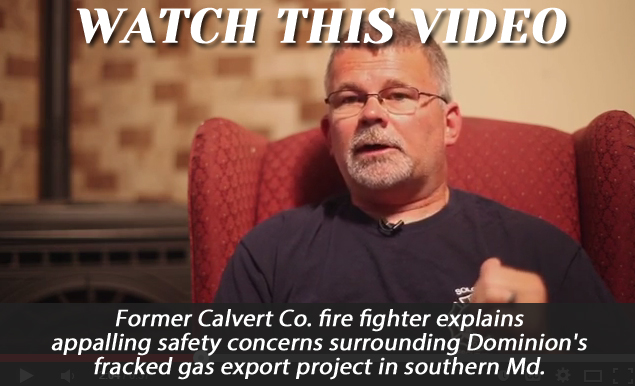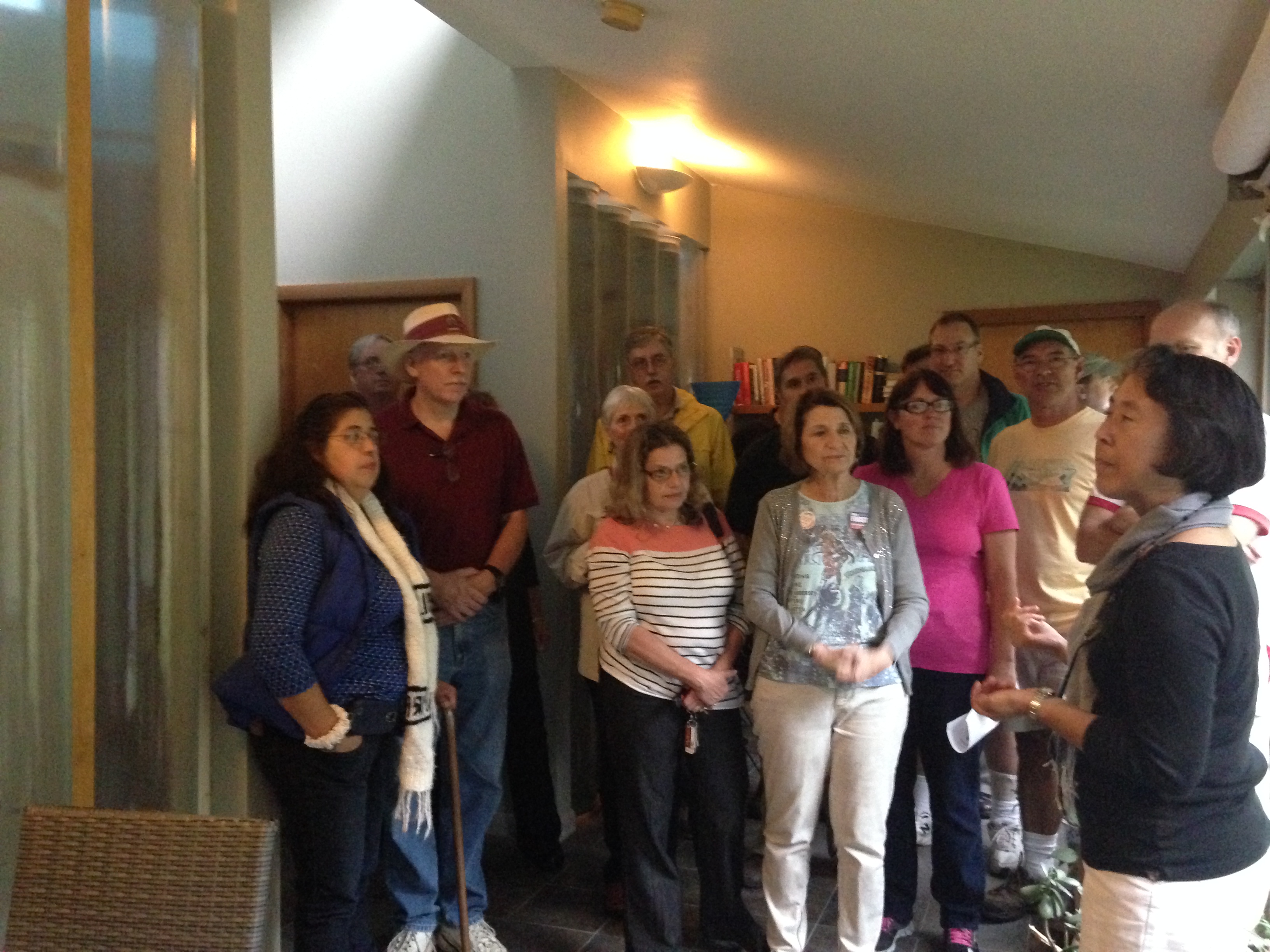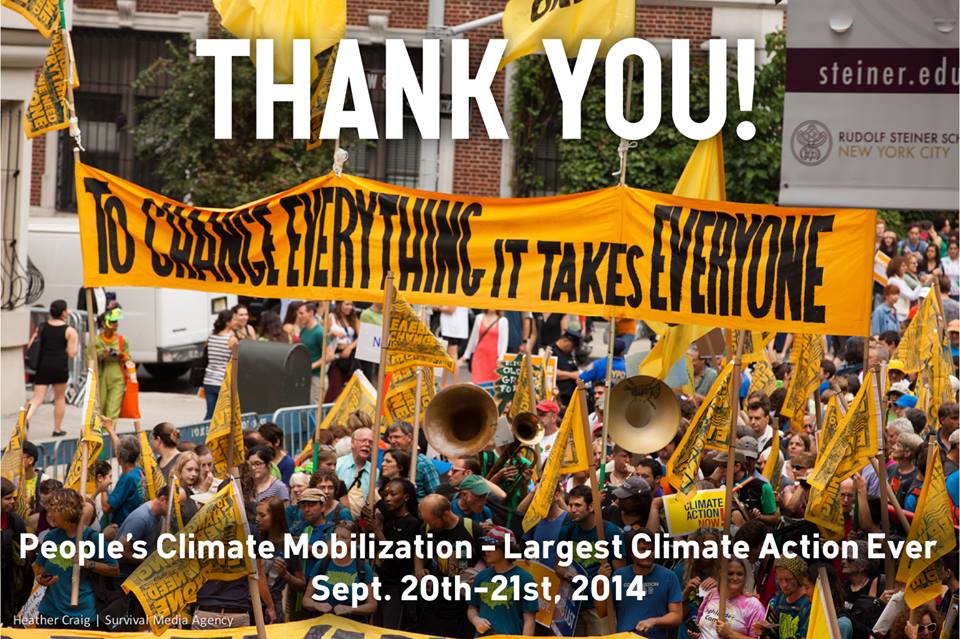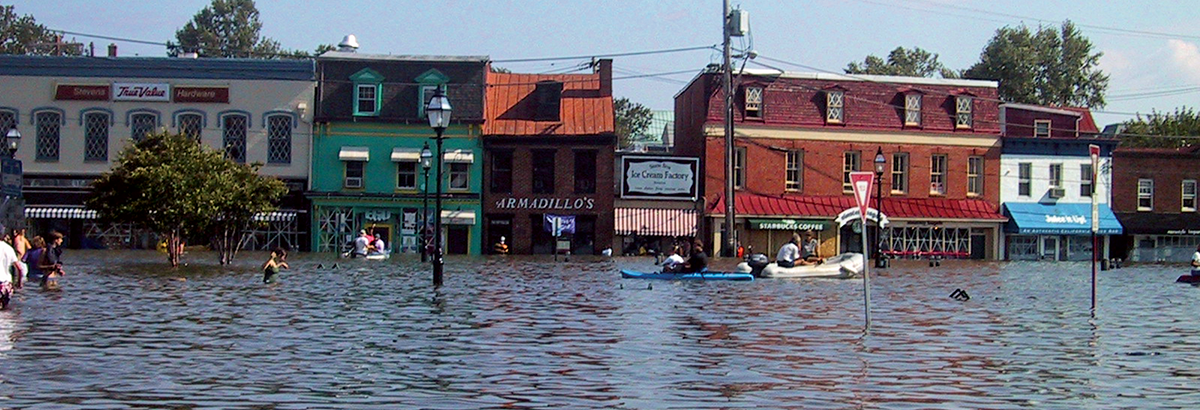Finally, Dominion Resources is admitting the truth: Its massive gas export facility in southern Maryland could indeed blow up and threaten innocent nearby neighbors. In fact, Dominion is now planning to build an emergency evacuation road to help some – but not all – of the potentially trapped victims.
For the last couple years, Dominion has sworn up and down on its stack of documents that its Cove Point fracked-gas export plant in southern Maryland would pose zero threat to families nearby. In fact, in a brazen open letter to the community, Dominion wrote: “As the federal safety review found, in the unlikely event of an emergency at the terminal, it would pose no threat to those outside the facility’s boundaries.”
Now, however, just a week after federal regulators signed off on this titanic project September 29th (with court challenges to come), Dominion has announced an “enhancement” to its plans: a new escape road that the company would build for some of the vulnerable nearby residents of Lusby, Maryland. Totally voluntarily, of course. Just to be good neighbors.
This little road is a de facto Dominion admission that the vapor-cloud-fireball accident that can’t possibly happen could happen after all. In addition, a few days later, Dominion submitted a Cove Point evacuation plan, listing emergencies “with the potential for offsite impact” and “that could require an evacuation of the surrounding areas.” Those emergencies include an uncontrolled leak, fire involving natural gas product, and rupture of a gas pipeline.
VIDEO: Learn why Lusby residents fear for their safety
The company has been deceiving residents since Day 1 about the safety of this facility. Because, of course, Dominion can’t possibly provide assurances to residents living nearby. It can’t guarantee that an accident will stay behind the 60-foot-high wall that will go up around much of the plant. It refuses to conduct a full safety study requested by neighbors and it certainly can’t defy the laws of physics and contain leaking and billowing gases in search of a spark.
Not that this little road will create safe passage for those living southeast of the plant, as it is still within a half-mile of Dominion’s front gate. A 2006 study done for an expansion at the existing import plant found that a flash fire could incinerate people nearly a mile away. Dominion’s behind-the-scenes purchase on Sept. 19 of a $319,000 house to create a bypass south of the plant offers only false security while simultaneously confirming the very hazard the company denies.
Lusby residents have been right all along. They have turned their lives over to research. They have pleaded for protection from elected and appointed officials. They have pointed out that Dominion documents overlook 39,732 residents living in the area, including 8,000 within 2 miles of the company gates. For their efforts, they have received only platitudes about safety. With Dominion’s revelations about this road, residents know their fears for their lives and their homes are justified.
And shame on elected officials, including Maryland Gov. Martin O’Malley, Rep. Steny Hoyer, U.S. Sens. Barbara Mikulski and Ben Cardin, for backing this Virginia energy company instead of Maryland residents. This little road shows that officials should have stood on the side of safety and of their citizens, just as many did in 2009. Then, Gov. O’Malley, Sen. Mikulski and Sen. Cardin were key to blocking a liquefied natural gas (LNG) import plant at Sparrows Point in Baltimore. They rebuked the Federal Energy Regulatory Commission (FERC) for rubberstamping AES Corp.’s plans. Residents and officials alike were concerned about the risk of explosions, terrorist threats and harm to the Chesapeake Bay. AES dropped the project in 2013, just as Lusby residents were learning of Dominion’s plans for their community.
Lusby residents can be forgiven for their cynicism and sense of betrayal.
At this point, the most appropriate next step is a thorough investigation and analysis of all risks involved, something residents have long called for and FERC has so far refused to authorize. Otherwise, we will never know why Dominion, just days after FERC’s approval, is suddenly offering a limited bypass road — a gesture both distracting and utterly inadequate for an “offsite impact” from uncontrolled leaks, fires, and gas line ruptures.
Short of that, the only humane and ethical path forward is for Dominion to buy all homes within at least a mile of the plant — a solution that has precedent. Last year, Freeport LNG in Texas offered to buy, at market rate plus $25,000, all 73 homes in Quintana, a small beach town where escape is blocked by yet another FERC-approved export plant.
The Cove Point export plant is a disaster for the economy, the climate, the Chesapeake Bay, and communities in the way of fracking, pipelines and compressor stations. But the most immediate danger is to Lusby residents. This little road proves that residents have been correct and Dominion has been misleading all along.















